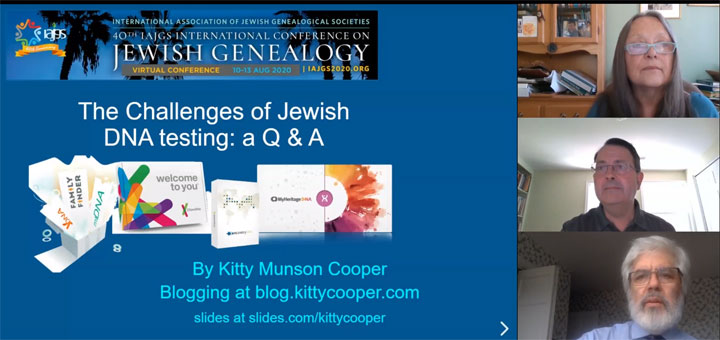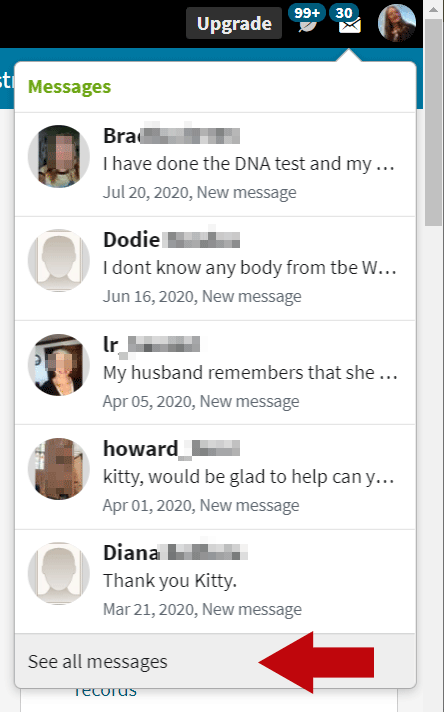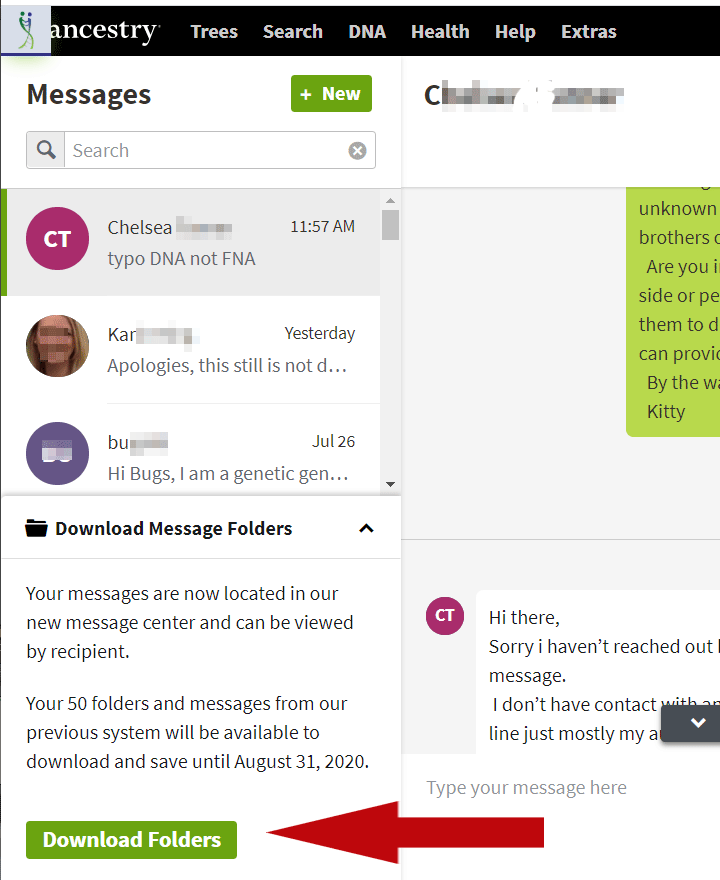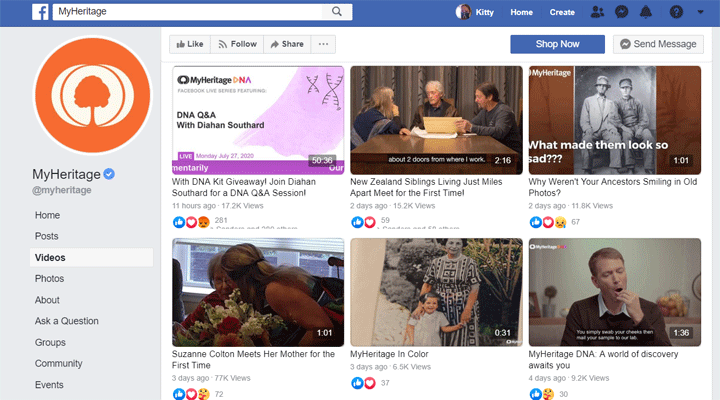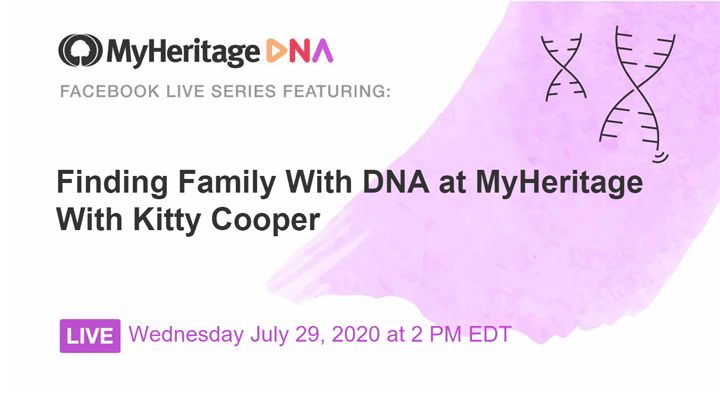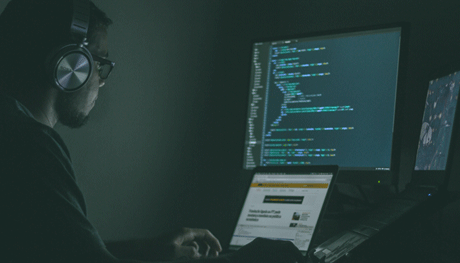I learned much more than usual from my first completely online conference, the 2020 IAJGS conference on Jewish Genealogy. Perhaps because there were fewer distractions: no seat-mates, no deciding on where to dine, no exhibit hall, and that I was only doing one presentation. Although it may have been because I had a purpose: to learn how to research my husband’s Polish roots. Or maybe with fewer talks, they were just very high quality ones, aside from a few technical glitches.
Actually the online format is better in many ways. I can play and replay the talks easily and take screen shots for myself of key points. There were many more questions and answers plus people could chat both privately and publicly with each other, I also really like the many excellent on demand videos on specific topics which I am still working through.
I asked my friend Heather how it went for her and she said “I especially appreciate knowing the names of the audience while listening to talks. More valuable than being there in person and perhaps only meeting the person next to me. Makes it easier to figure out who has common interests.” She also said, ” It was cool to be able to chat and make contact (share email addresses) while the talk was going on without bothering the speaker or my seat-mates.”
So what went badly? I personally never figured out the exhibit hall replacement. I missed the excitement of the live hall and seeing what was new from the various vendors. I would have loved a few small zoom-style break-out sessions on common interests where I could see everyone’s faces while chatting. However, much to my surprise, I actually preferred being at a virtual conference.
Now for a little follow up on our Chat with the Jewish DNA Experts session.
Continue reading
